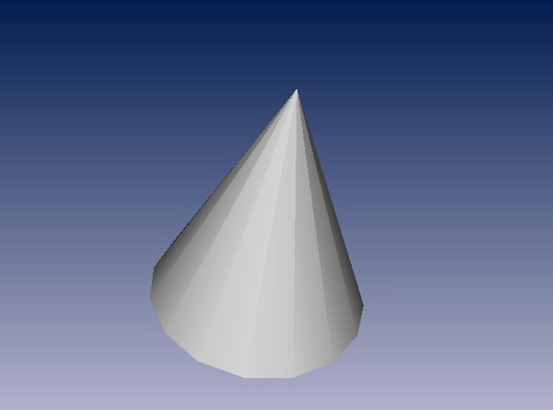HelloCone example using VP9 encoding.
This example shows you how to enable VP9 encoding in a RemoteViz application. It displays a gray cone.
Run the demo:
- Go to "OIVHOME/examples/bin/OIVARCH/RemoteViz" and run the executable "RemoteVizHelloConeVP9RenderingService".
- Go to "OIVHOME/examples/source/RemoteViz/HelloConeVP9/Clients/HTML5" and open the "index.html" file inside a web browser.
Note: In this example, the RemoteViz service uses the localhost IP address (127.0.0.1) by default. To run it on a web server, start the demo by passing the service IP address and port as arguments (ex : RemoteVizHelloConeVP9RenderingService 192.168.0.1 8082) and edit the file "index.html" (client side) to modify the IP address and the port.
Note Regarding Google Chrome users: By default, Google Chrome blocks the loading of HTML5 local files using Media Source Extension for security reasons. In this case, the demo has to be launched using a web server.
SCREENSHOT:
FILES:
-
RemoteViz/HelloConeVP9/HelloConeVP9RenderingService/include/HelloConeVP9ServiceListener.h
-
RemoteViz/HelloConeVP9/HelloConeVP9RenderingService/src/HelloConeVP9ServiceListener.cxx
-
RemoteViz/HelloConeVP9/HelloConeVP9RenderingService/include/HelloConeVP9RenderAreaListener.h
-
RemoteViz/HelloConeVP9/HelloConeVP9RenderingService/src/HelloConeVP9RenderAreaListener.cxx
-
RemoteViz/HelloConeVP9/HelloConeVP9RenderingService/src/main.cxx
-
RemoteViz/HelloConeVP9/Clients/HTML5/index.html
